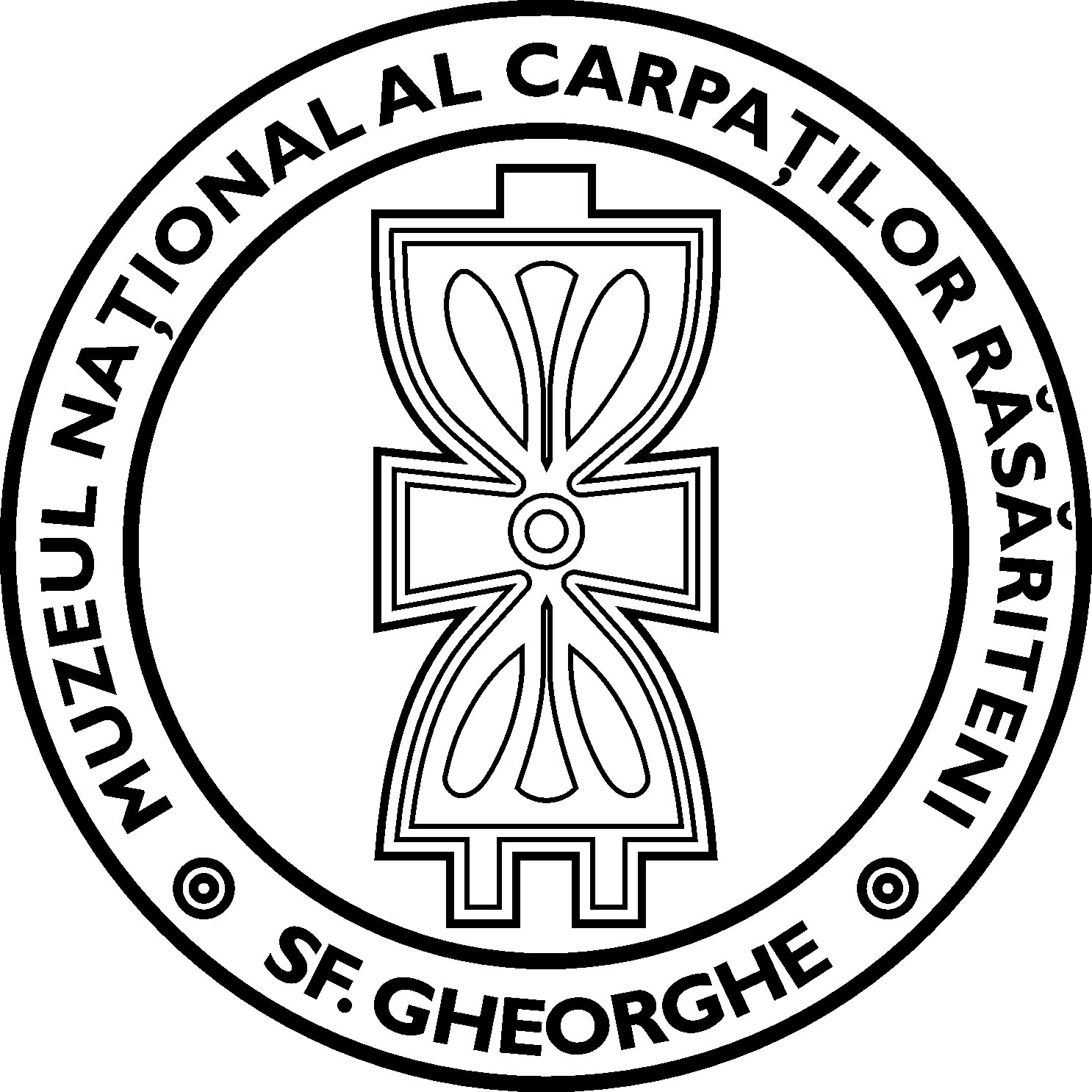Maciej Dębiec, Thomas Saile, Dan Lucian Buzea
Angvstia Journal No. 24, 2020
AUTHORS: Maciej DĘBIEC, Thomas SAILE, Dan BUZEA
DOI: 10.36935/ang.v24.1
PAGES: 9-22
LANGUAGE: Romanian with English abstract and figures captions
ABSTRACT: Excavations in the Bandkeramik settlement of Olteni, located on the right bank of the Olt River in Transylvania, brought to light the fragmented remains of at least two ground plans of longhouses from the Early Neolithic.
